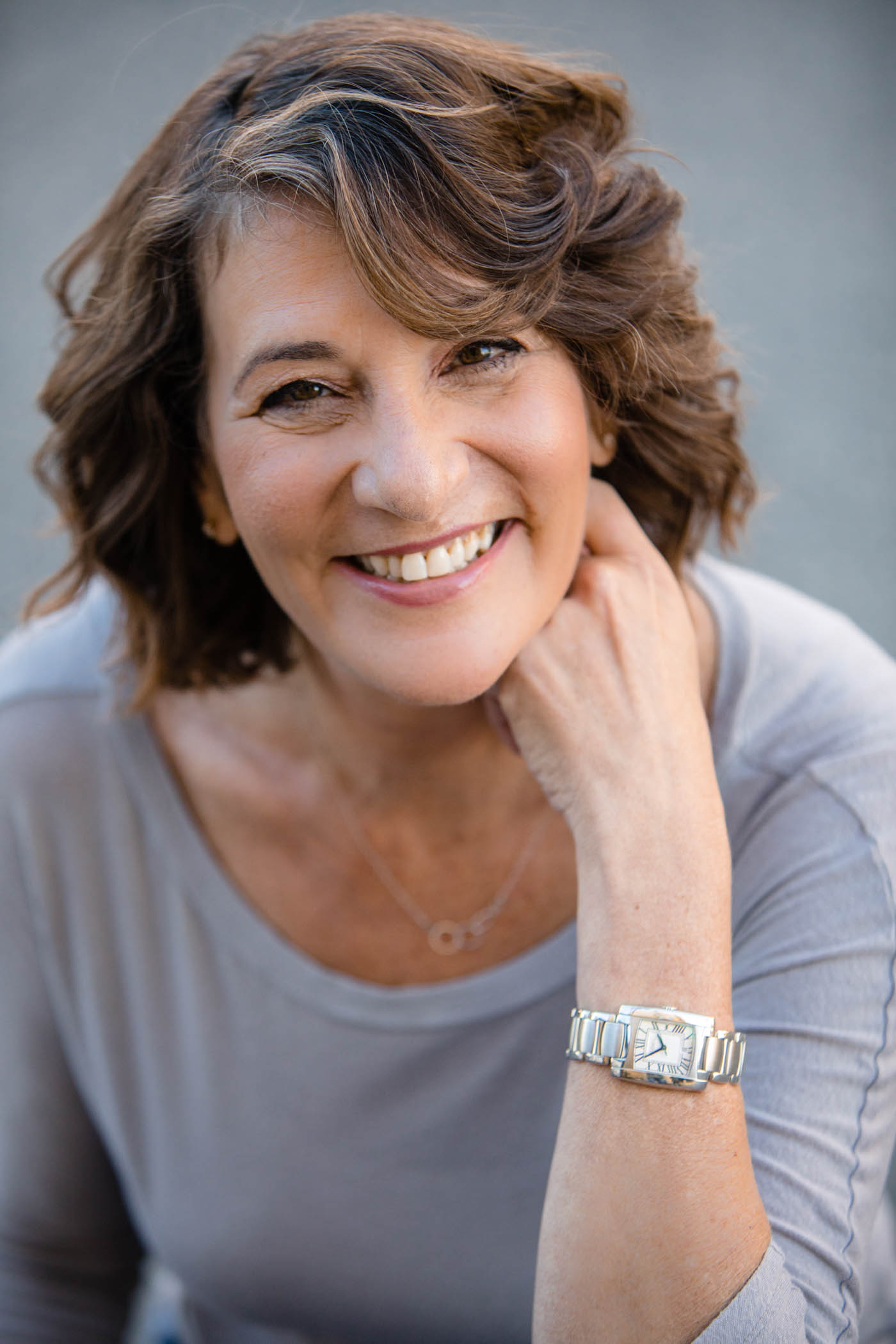It’s an agonizing decision at any time: keep a parent at home or find somewhere else for them to live. Their Alzheimer’s disease has become more than can be managed. An elderly man has a stroke and his wife, elderly too, does not have the strength or health to provide for his needs. A senior is living alone, isolated, becoming dehydrated and without access to regular healthy meals. For seniors, it is not always “safer at home.” During the Time of Covid-19, it is a desperate situation.
Frightening reports on long term care facilities lead you to believe that every nursing facility and assisted living is a death trap. This is not the case. I work with a large number of assisted living communities in Los Angeles and I can tell you, the reports are painting long term care facilities with an overly broad brush. The death rate for seniors in congregate living is terrible but so are the choices some families are confronting right now. We need to help them by clarifying the numbers so that they are better able to weigh the risks without the sensationalism driving the news.
Current reporting lumps nursing facilities and assisted living properties together. Yes, they both provide congregate living for seniors, but the composition of the populations is not the same.
There are two types of nursing facilities: skilled nursing facilities (SNFs) and long-term nursing homes. A nursing home provides residential care to patients who need help with meals and their activities of daily life like ambulation, grooming, toileting and medication management. A skilled nursing facility (SNF) helps patients upon discharge from a hospital when they need further medical attention from trained professionals for continued recovery over a limited period of time. It is covered by Medicare or an individual’s private insurance.
AARP reports that about 70% of seniors living in nursing homes are low income, dependent on Medi-Cal to pay for their care. Seniors in this lowest income bracket are more likely to suffer from four or more chronic diseases, according to the CDC, as opposed to the general senior population which averages twochronic diseases. This makes them a particular risk for infectious diseases. Influenza, pneumonia, and MRSA are continuing challenges within these environments, even outside of the current Covid-19 pandemic. Long-term nursing facility residents are the most ill seniors in our community.
Significantly, more than fifty percent of them also have Alzheimer’s disease or some other form of cognitive impairment. With so many residents unable to comprehend the need for masks, social isolation and frequent handwashing, dementia itself is a vector for the spread of Covid-19 in long-term nursing facilities.
The National Investment Center for Seniors Housing & Care (NIC) ,
In comparison, 23% of assisted living facilities reported an outbreak. Assisted living facilities, encompassing independent living, assisted living and memory care facilities, also provide meals, 24-hour care and help with activities of daily life but in a residential, non-medical setting. NIC compiled data for these care communities in Metro LA and determined there are outbreaks in 45 of 198 facilities, less than half of the outbreak number for nursing facilities. The total infection rate within these communities is 439 residents out of more than 19,000 seniors who reside at an assisted living property.
Why the difference? Unfortunately, one of the primary differences is income. In Los Angeles, most assisted living facilities are paid for out-of-pocket. Medi-Cal runs something called the Assisted Living Waiver program which has been operating as a trial since 2009 to place seniors in assisted living instead of nursing homes. As of March 2020, there were about 5,700 people in the entire state of California on the ALW program for assisted living. Another 5,000 are on the wait list.
In Metro Los Angeles, at the very lowest end of the price spectrum, assisted living costs $2500 per month and can go as high as $15,000 month, depending on your needs and resources. According to the National Center for Health Statistics, the greater one’s income, the lower one’s likelihood of disease and premature death. Seniors go into assisted living needing help with their activities of daily life, medication management or 24-hour supervision, but, generally, they are healthier than those living in long-term nursing facilities. They do not have the multiple chronic illnesses that are found in lower income individuals.
Besides being generally healthier places than nursing homes, assisted living companies operate from a different mind-set. They place greater emphasis on customer service, health and healing. With private rooms, higher staff ratios and more commodious spaces, assisted living communities are better equipped from the start to mitigate outbreaks if they occur.
So, which is safer? Keeping a parent at home in a multi-level house not equipped for a wheelchair when Dad has had a stroke? Leaving cognitively diminished Mom alone while the family works? Even during the Covid-19 outbreak, some seniors must move to assisted living and memory care facilities. The stress of these situations is heart-wrenching. Families need real information in order to understand the distinctions in this very big and confusing arena.

Sarah Ordover is a senior living expert with particular specialization in dementia care. Sarah sits on the City of Los Angeles Task Force for Alzheimer’s Los Angeles,,

